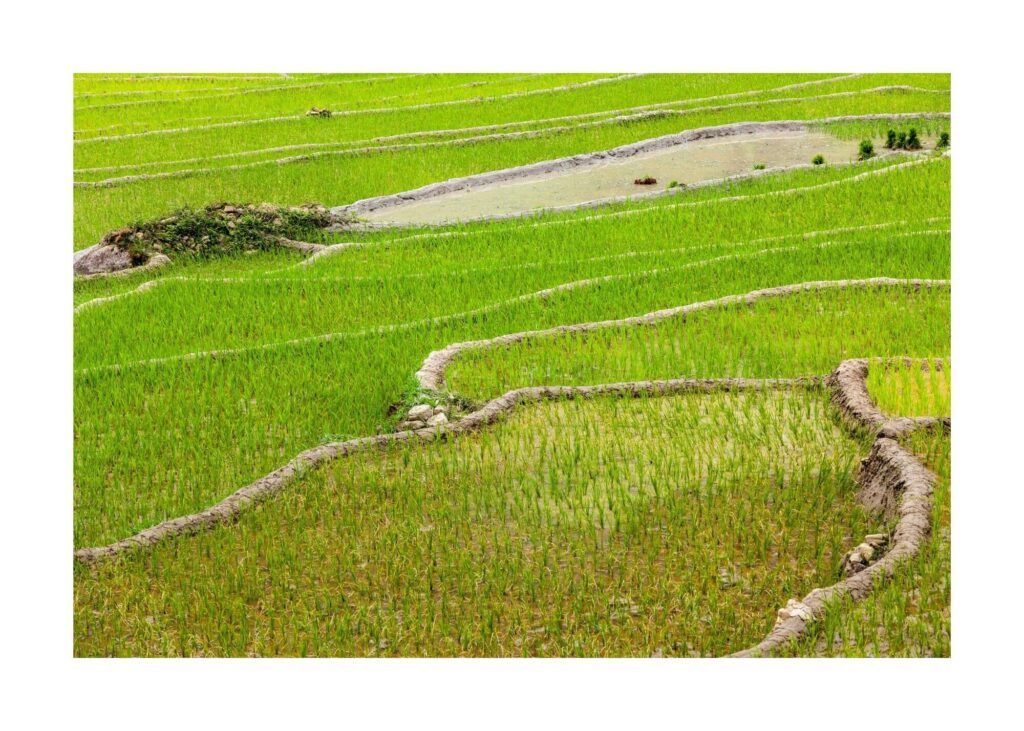
Now technically, Earth Day is April 22nd but to a farmer, every day is Earth Day cause farmers take conservation very seriously.
Careful stewardship by America’s food producers has spurred a 34% decline in erosion of cropland by wind and water since 1982:
1982 – 7.0 tons of soil erosion per acre
1987 – 6.7 tons of soil erosion per acre
1992 – 5.6 tons of soil erosion per acre
1997 – 4.9 tons of soil erosion per acre
2002 – 4.7 tons of soil erosion per acre
2007 – 4.6 tons of soil erosion per acre
2012 – 4.6 tons of soil erosion per acre
Today – 4.6 tons of soil erosion per acre
Crop rotation which is the practice of growing different crops in succession on the same land, is another way farmers take care of the land.
For contour farming, farmers plant crops across the slope of the land to conserve water and protect the soil from runoff.
Incidentally, soil is made up of minerals; sand, silt, clay and also contains organic matter, water, microorganisms and (sometimes) worms. Farmers often test soil before planting to determine composition, pH and balance of nutrients such as nitrogen, phosphorus and potassium. Results are used to determine the proper type and amount of fertilizer to apply.
Through the farm bill, funding is provided to farmers and ranchers for conservation programs that prevent soil erosion, preserve and store wetlands, clean the air and water, and enhance wildlife.
Being good stewards also means protecting natural resources. More than half of America’s farmers intentionally provide habitat for wildlife. Deer, moose, fowl and other species have shown significant population increases for decades.
Popular conservation practices used by farmers include no-till farming, which reduces erosion (soil loss) while using less energy. Advanced conservation practices are used on more than 50% of the 396,433,817 acres of total cropland acres; 26% practice no-till farming, 25% practice conservation tillage (excluding no-till farming), 20% practice conventional tillage, 6% are in USDA conservation programs, 4% plant to cover a crop, 3% practice conservation easement and the remaining 16% use various other practices.

The current cap for farmers, ranchers and other landowners to enroll in the Conservation Reserve Program to protect the environment and provide habitat for wildlife is set at 29 million acres. Since its inception in 1986, the program has reduced soil erosion by 9 billion tons, reduced sedimentation by nearly 200 million tons annually and has restored more than 2 million acres of wetlands.
Two important CRP initiatives included in the farm bill are the introduction of native grasses and the installation of conservation buffers. Buffers improve soil, air and water quality; enhance wildlife habitat; and create scenic landscapes.
Information gathered from the American Farm Bureau Foundation for Agriculture, USDA-NASS